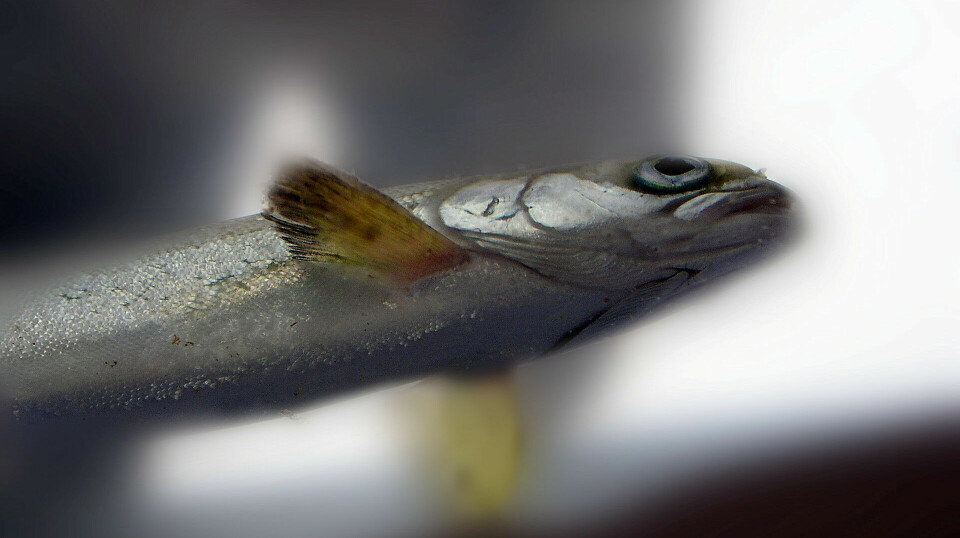
Slow smolt production can improve heart health and may reduce mortality
Research in Norway shows that more natural development benefits farmed salmon
Increasing mortality of salmon late in the growth phase is a serious animal welfare problem. In addition, it entails annual economic losses of more than NOK 15 billion (£1.13bn) in the Norwegian salmon industry.
“We don’t know for sure what the underlying causes of this sudden mortality are, but we are increasingly observing heart disorders and circulatory disorders in connection with increased mortality after stressful interventions, such as various delousing methods,” says associate professor Ida Beitnes Johansen at the Norwegian University of Life Sciences (NMBU) Veterinary College, in a news item from NMBU.
She has led a research project that has investigated whether slower and more natural smolt development leads to better heart health and survival in farmed salmon.
Heart disease is a growing problem in Norwegian salmon farming. Varying degrees of abnormal heart shape are reported, and farmed salmon generally have smaller and rounder hearts than wild salmon, she says.

“We have known about these malformations of the hearts of farmed salmon for over 20 years, but not much has been done to understand why it occurs. This is one of the very few studies that has found a cause. Our work shows that production conditions early in life influence the development of heart deformities.”
Constant light
In this project, the researchers have carried out experiments that show that a salmon that has been produced intensively and quickly at high temperatures and under continuous light has a more deviant heart shape than a fish that has been produced slowly at lower temperatures and under more natural light conditions.
“These findings are supported by field data which shows that intensively produced smolt develop a more deviant heart shape later in life compared to more slowly produced smolt,” explains Beitnes Johansen.
Furthermore, the study shows that abnormal heart shape in intensively produced fish is associated with symptoms of disease and reduced heart function later in life.
“In intensively produced fish, we see a transformation of the heart tissue. It indicates that the heart is overloaded. We also see more symptoms of disease and an accelerated stiffening of the heart. This seems to contribute to the development of heart failure in the salmon after one year in the sea,” says Beitnes Johansen.
Reducing abnormalities
The findings give reason to believe that intensive smolt production contributes to heart disease in Norwegian farmed salmon and that this may contribute to mortality.
“Overall, the findings from our study indicate that a slower smolt production can reduce the degree of abnormalities in the heart, contribute to better heart function and perhaps also reduce heart-related mortality,” says Beitnes Johansen.
The researchers have also developed new standardised methods for assessing heart shape in salmon.
“We have prepared a new terminology for important reference points on the fish heart, which we will use to standardise and more easily describe existing and new quantitative measures for heart shape. In addition, we will use it in the development of a qualitative scoring system that includes the most common features that we observe on the hearts of Norwegian farmed salmon,” says Beitnes Johansen.
These methods should be able to be used in research and by the farming industry and should facilitate further work on understanding heart disease in farmed salmon.
“Such standardisation and scoring systems are tools in demand in the industry, and we are working on a plan to convey and share this in the best possible way, so that people can easily use it in their work. Hopefully we will have it in place during the year.”
The project “Lasting effects of improved heart health in salmon smolt (HELSMOLT)” is a collaboration between NMBU Veterinary College, the Institute of Marine Research, NIVA (Norwegian Institute for Water Research), Oslo University Hospital and Aqua Kompetanse AS.
The project is financed by the Norwegian fisheries and aquaculture industry research fund, FHF.






















































